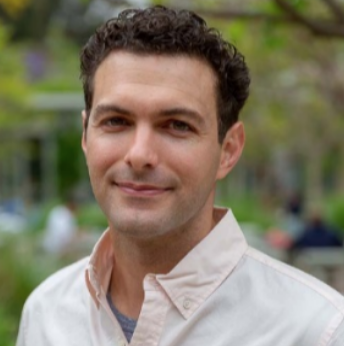 |
Michael Hicks, PhD Physiology and Biophysics Mentor: Armando Villalta, PhD |
|
Project Title: Controlling Skeletal Muscle Progenitor Cell Fate to Differentiate or Transition to Stem Cells |
|
Human pluripotent stem cells (hPSCs) are a powerful tool for studying development and modeling disease. Directed differentiation of hPSCs is a process that recapitulates each stage of human development for lineage specification, and is being utilized in the clinical setting and in preclinical models for diseases ranging from macular degeneration to cardiac myopathy, diabetes, and Parkinson’s disease. However, for many cell lineages, directed differentiation of hPSCs results in progeny that more closely resemble fetal progenitors than adult stem cell counterparts. My work has shown that hPSC derived skeletal muscle progenitor cells (SMPCs) are genetically and phenotypically similar to fetal SMPCs that are less functional than adult satellite cells (SCs) (Hicks, Nat Cell Bio 2018). HPSCs must transition through a fetal progenitor stage to become adult SCs which are among the most regenerative stem cells of any tissue type as SCs can asymmetrically divide to form new myofibers and give rise to an exact stem cell replicate, termed self-renewal. A better understanding of how SMPCs specify and transition to SCs, or preciously differentiate to become myofibers, would improve our understanding of development and the ability to attain cell and regenerative therapies. Generating SCs from hPSCs that can self renew and regenerate new skeletal muscle throughout a person’s lifetime will be required for effective cell replacement, and is especially important for lethal genetic diseases of childhood such as Duchenne Muscular Dystrophy (DMD) where endogenous SCs become dysfunctional or exhausted. To better define the developmental state of muscle cells derived from hPSCs, I performed RNA sequencing to compare human fetal SMPCs to hPSC SMPCs. By following human development, I identified novel targets for hPSC SMPC enrichment including neuronal growth factor receptor (NGFR) and epidermal growth factor receptor-3 (ERBB3). I found co-expression of ERBB3 with NGFR demarcated PAX7+ SMPCs and enabled formation of thousands of human myofibers in mouse models of DMD, which was the first efficient engraftment to be shown following directed differentiation from hPSCs. I found the majority of the in vivo myofibers resembled fetal-like myofibers, and the PAX7 SMPCs associate with these myofibers to form fetal-like niches in vivo. This is the first demonstrated in vivo model of emerging myofiber-niche formation with hPSC SMPCs. Despite these improvements it is not clear whether hPSC SMPCs can transition to or be supported as adult SCs. My KL2 proposal seeks to understand how ERBB family member signaling directs cell fate of SMPCs. ERBB constitutes the ERBB1-4 family members, which are differentially expressed in developing and adult skeletal muscle. I have shown that ERBB3 marks PAX7+ SMPCs, whereas co-expression with ERBB2 marks differentiating MYOD+ SMPCs. In contrast, as SMPCs mature to SCs, they express ERBB1 (EGFR). Whether EGFR signaling controls SMPC transition to quiescent SCs or ability to form SC niches is unknown. I will test the central hypothesis that the ERBB3 signaling supports SMPCs during hPSC directed differentiation, whereas ERBB1 (EGFR) regulates the transition of SMPCs to adult SCs and improves association with SC niches in vivo. |

